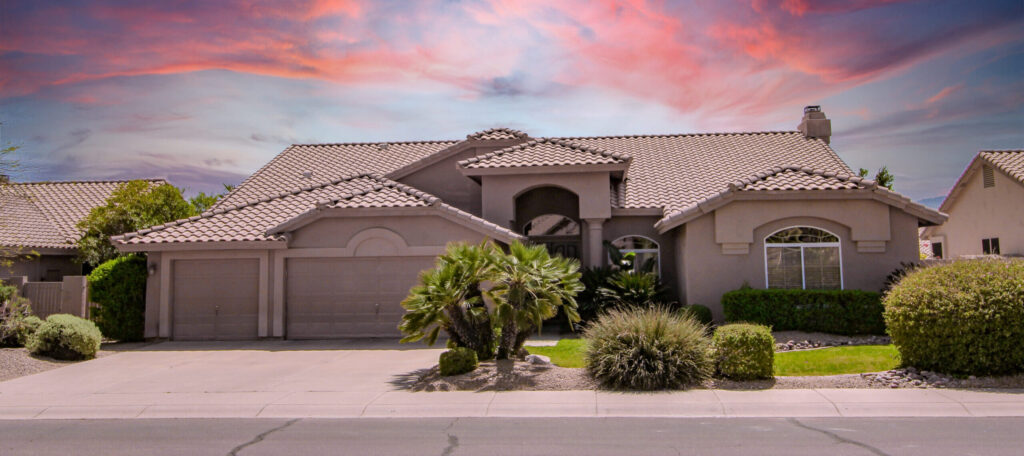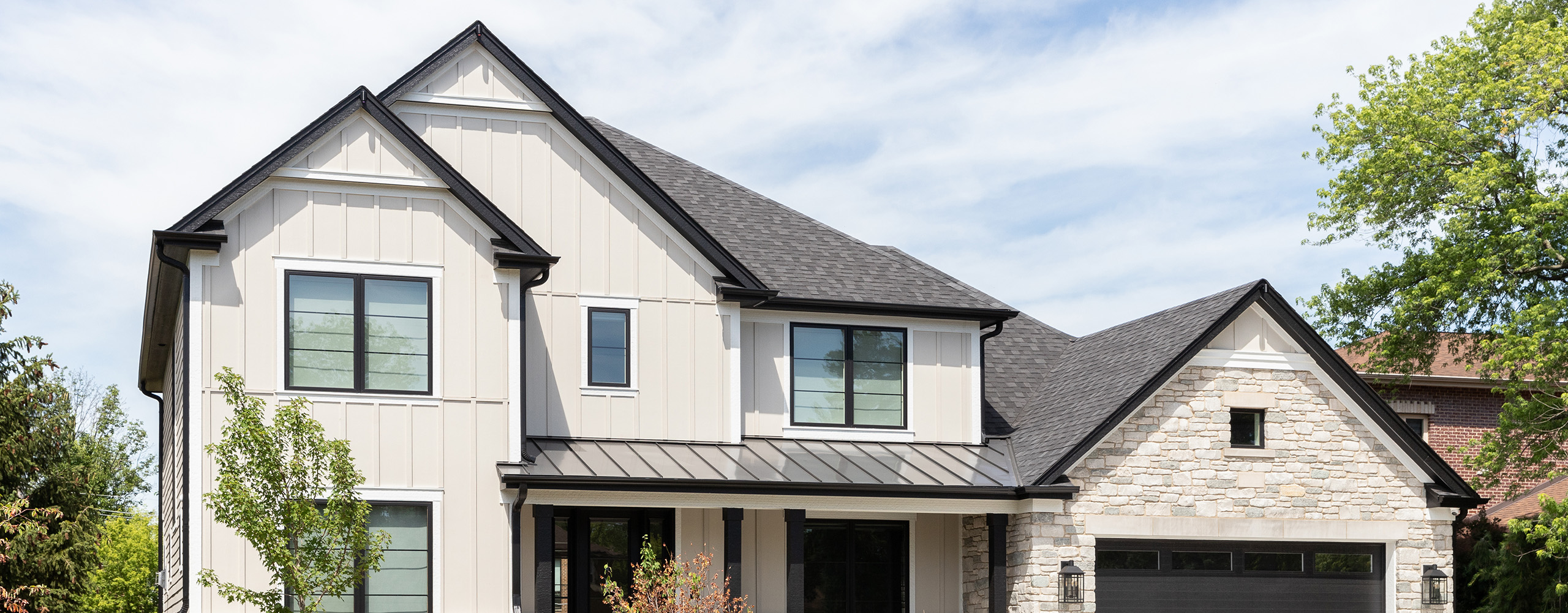Choosing your roofing material is more than just a style decision. It’s also about ensuring durability, energy efficiency, and protection against the elements. The climate where you live plays a crucial role in determining the best material for your roof. This blog will give you tips on how to choose the right roofing material for your home’s climate.
Understand Climate Factors

Choosing the right roofing material for your home begins with understanding the climate factors that influence its performance. Different weather conditions can impact how well your roof will protect your home, so it’s essential to consider the following:
- Temperature Extremes: Extreme temperatures, whether hot or cold, can cause significant stress on your roof. In hot climates, intense heat can lead to expansion and contraction, while cold climates may result in freeze-thaw cycles that can cause cracking. Your roofing material needs to handle these changes to maintain durability and energy efficiency.
- Moisture Levels: The amount of rain, snow, and humidity in your area directly affects how well your roof will resist water damage. Frequent rain can increase the likelihood of leaks, while snow can cause issues like ice dams. High humidity levels can lead to mold or mildew growth, which can damage your roof and home.
- Wind Exposure and Storm Frequency: Strong winds and frequent storms can put additional stress on your roof. Areas prone to hurricanes or heavy storms require roofing that can withstand wind gusts, debris, and other weather-related forces without sustaining significant damage.
- Sun Exposure and UV Damage: In regions with constant sun exposure, roofs face the risk of UV damage, which can cause materials to deteriorate over time. The sun’s heat can cause materials to weaken, leading to cracks, fading, or other issues that affect your roof’s performance.
Considering these climate factors will help ensure that the roofing material you choose is up to the task, providing long-lasting protection for your home.
Best Roofing Materials for Different Climates
Here’s a closer look at the best options for different climates:
Hot and Sunny Climates
In areas where the sun beats down relentlessly, heat can quickly build up on your roof. Reflective roofing materials, like metal or clay tiles, are perfect for these climates. These materials reflect sunlight rather than absorb it, which helps to keep your home cooler. Cool roofing options, which are designed with light-colored, reflective surfaces, also improve energy efficiency by reducing the amount of heat transferred into your home, lowering your cooling costs.
Cold and Snowy Climates
Winter weather brings its own set of challenges, from snow accumulation to ice dams. In cold climates, you need a roof that can handle snow shedding and stand up to the freezing temperatures. Asphalt shingles and metal roofing are durable choices, designed to withstand the weight of snow and ice. Insulating roofing materials are also crucial in preventing ice dams, which are those pesky ice buildups that form along the edges of roofs and can cause water leaks and damage.
Wet and Humid Climates
In regions where rain and humidity are frequent, moisture control is key to keeping your roof in good condition. Slate and metal roofs are excellent options because they are naturally resistant to mold and mildew, which can thrive in humid environments. Proper ventilation in these climates is equally important, as it prevents moisture buildup in your attic, which can lead to rot and other structural problems. A well-ventilated roof ensures that air circulates freely, keeping things dry and safe.

Windy and Storm-Prone Climates
For homes in areas where storms and high winds are frequent, durability is essential. Impact-resistant shingles or metal roofing are strong choices for withstanding the forces of wind, hail, and flying debris. The proper installation of these materials is just as important. Your roof should be securely anchored to your home to help it survive even the harshest conditions. Whether it’s a hurricane-prone area or a place that regularly faces high winds, a sturdy roof is a must for your peace of mind.
Additional Considerations
When choosing a roofing material, consider more than just climate factors. Think about the maintenance needs and long-term costs—some materials require more upkeep or have higher upfront costs but offer better longevity. Check your area’s local building codes to ensure compliance with regulations, as certain materials may be restricted. Finally, factor in your aesthetic preferences and how the roofing material complements your home’s style. After all, your roof is a key part of your home’s curb appeal, so choosing one that fits both function and form is essential.
Choose LGND Roofing for Reliable Roofs
LGND Roofing offers high-quality roofing materials for both replacements and repairs to keep your home protected. Whether you need to replace an old roof or repair damage during a storm, our expert team can guide you in selecting the right materials for your home’s specific needs and climate. Trust us for professional advice and top-notch service. Contact us today for a consultation and let our experts help you protect your home!



Follow Us